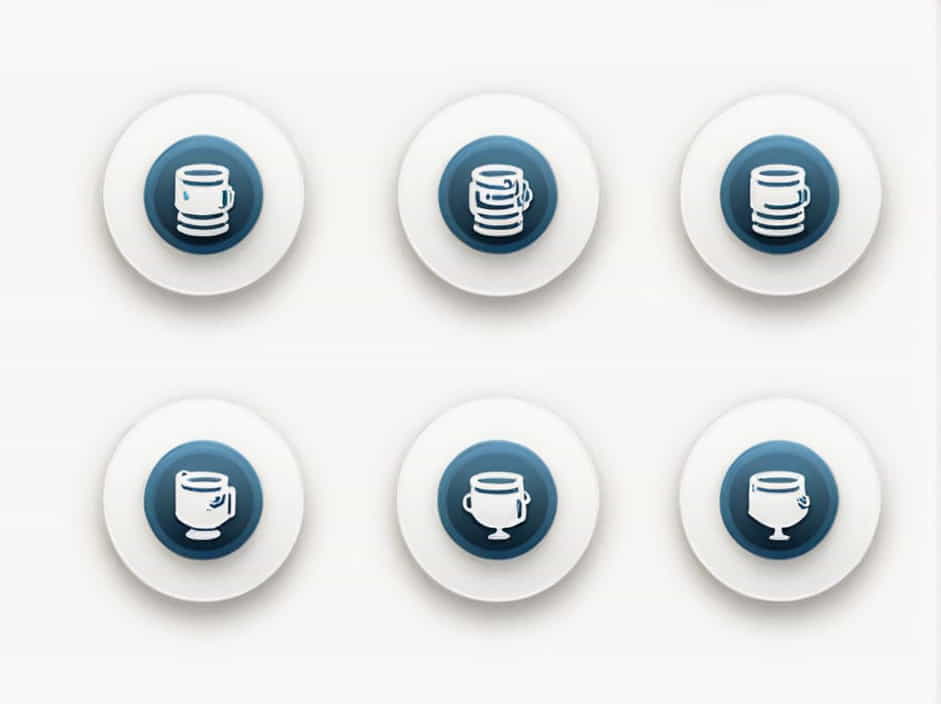Databases are the backbone of modern applications, enabling the storage, retrieval, and management of data. There are two primary types of databases: relational and non-relational. Each serves different purposes and is optimized for specific use cases.
This topic explores the key differences between relational and non-relational databases, along with real-world examples of each.
What Is a Relational Database?
A relational database (RDBMS) organizes data into structured tables with predefined relationships. It follows a schema, which enforces rules on how data is stored and connected.
Key Features of Relational Databases:
- Structured format: Data is stored in tables with rows and columns.
- Schema-based: Requires a defined structure before data is inserted.
- ACID compliance: Ensures reliability through Atomicity, Consistency, Isolation, and Durability.
- SQL-based: Uses Structured Query Language (SQL) for data manipulation.
Examples of Relational Databases
1. MySQL
Use Case: Web applications, content management systems (CMS), and e-commerce platforms.
Example: WordPress, Facebook, and Twitter use MySQL for structured data storage.
2. PostgreSQL
Use Case: Enterprise applications, scientific computing, and financial transactions.
Example: Apple, Instagram, and Cisco rely on PostgreSQL for high-performance data processing.
3. Microsoft SQL Server
Use Case: Business applications, enterprise-level software, and data analytics.
Example: Used by large corporations for managing customer records, transactions, and reporting.
4. Oracle Database
Use Case: Large-scale enterprise systems, banking, and supply chain management.
Example: Many Fortune 500 companies use Oracle for mission-critical applications.
5. SQLite
Use Case: Mobile applications, embedded systems, and lightweight software.
Example: Android devices and browsers like Google Chrome use SQLite for local data storage.
What Is a Non-Relational Database?
A non-relational database (NoSQL) stores data in a flexible, schema-less format. It is optimized for handling unstructured or semi-structured data, making it ideal for big data applications.
Key Features of Non-Relational Databases:
- Flexible schema: Data can be stored without a predefined structure.
- Horizontal scalability: Easily handles large amounts of data.
- No strict relationships: Data is often stored as documents, key-value pairs, or graphs.
- High performance: Designed for speed and scalability in distributed systems.
Types of Non-Relational Databases
- Document-Oriented Databases – Store data as JSON-like documents.
- Key-Value Stores – Data is stored as key-value pairs for fast lookups.
- Column-Family Databases – Organize data in columns instead of rows.
- Graph Databases – Store data as nodes and relationships.
Examples of Non-Relational Databases
1. MongoDB (Document Database)
Use Case: Real-time applications, big data, and IoT.
Example: Used by Uber, eBay, and The New York Times for handling massive amounts of data.
2. Redis (Key-Value Store)
Use Case: Caching, real-time analytics, and messaging systems.
Example: Twitter uses Redis to manage fast data access for trending topics and user feeds.
3. Apache Cassandra (Column-Family Database)
Use Case: Distributed systems, cloud computing, and real-time analytics.
Example: Netflix and Facebook use Cassandra to manage billions of requests daily.
4. Neo4j (Graph Database)
Use Case: Social networks, fraud detection, and recommendation engines.
Example: LinkedIn and eBay use Neo4j for complex relationship-based queries.
5. Amazon DynamoDB (Key-Value and Document Database)
Use Case: Scalable applications, IoT, and gaming platforms.
Example: Used by Amazon, Samsung, and Lyft for handling large-scale data.
Relational vs. Non-Relational Databases: Key Differences
| Feature | Relational Databases (SQL) | Non-Relational Databases (NoSQL) |
|---|---|---|
| Structure | Tables with fixed schema | Flexible schema (documents, key-value, graphs) |
| Query Language | SQL (Structured Query Language) | NoSQL (varies by database type) |
| Scalability | Vertical scaling (adding more power to a single server) | Horizontal scaling (distributing across multiple servers) |
| Data Integrity | High (strict consistency and relationships) | Moderate (optimized for performance over strict rules) |
| Use Case | Transactional systems, financial records, ERP | Big data, real-time applications, distributed systems |
Choosing the Right Database for Your Needs
When to Use a Relational Database
- You need strict data consistency (e.g., banking, healthcare).
- Your data structure is highly organized and does not change frequently.
- You require complex queries with joins and aggregations.
When to Use a Non-Relational Database
- You work with large-scale, unstructured data (e.g., social media, IoT).
- Your application requires fast performance and high availability.
- You need flexibility in data storage without a fixed schema.
Both relational and non-relational databases serve important roles in data management. Relational databases provide structure, consistency, and reliability, while non-relational databases offer flexibility, scalability, and speed.
Understanding their differences and real-world applications can help developers and businesses choose the right database solution for their specific needs.
